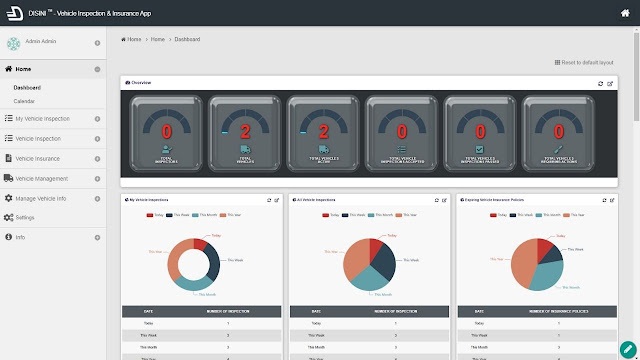Joget Workflow Training – Basic & Advance for v3.1 – Module 8 – Participant Mapping and Permission Control
In this eighth module, we will be talking about Participant Mapping and Permission Control. They are essentially 2 main chapters combined together in one module as they are related with user control.
This is the complete listing of all the modules.
Module 1: Introduction
Introduction to Business Process and Workflow
Introduction to Joget Workflow
Overview of Joget Workflow v3 Architecture
Module 2: Setting up Joget Workflow
Requirements
Installation
Overview of User Management
Module 3: Building your first Process-driven Application
Business Process Design
Designing Your First Workflow with Workflow Designer
Running Your First Automated Process
Module 4: Process Monitoring
Administration of Process Instances in Joget
Module 5: Creating your first Forms
Creating your First Forms using Joget Form Builder
Understanding the relationship between Forms and Process Activities
Module 6: Using the Email Tool
Implementing Email Tool Plugin on your Process Tool.
Module 7: Creating Datalist and Userview
Creating a Listing of submitted Form data.
Creating a User Interface (UI) for end-user access.
Module 8: Participant Mapping and Permission Control
Defining Process Participant Mapping on your Process
Enforcing Permission Control on your App
Module 9: SLA and Deadlines
Service Level Agreement implementation on Workflow Process.
Creating Email Reminder on Workflow Process using Deadline implementation.
Module 10: Hash Variables
Dynamically populate Form fields, Email plugin.
Using Hash Variable
Module 11: A Revision - Building a Support Ticketing System
Joget Workflow Training – Basic & Advance for v3.1 – Module 8 – Participant Mapping and Permission Control from Joget Workflow
This is the complete listing of all the modules.
Module 1: Introduction
Introduction to Business Process and Workflow
Introduction to Joget Workflow
Overview of Joget Workflow v3 Architecture
Module 2: Setting up Joget Workflow
Requirements
Installation
Overview of User Management
Module 3: Building your first Process-driven Application
Business Process Design
Designing Your First Workflow with Workflow Designer
Running Your First Automated Process
Module 4: Process Monitoring
Administration of Process Instances in Joget
Module 5: Creating your first Forms
Creating your First Forms using Joget Form Builder
Understanding the relationship between Forms and Process Activities
Module 6: Using the Email Tool
Implementing Email Tool Plugin on your Process Tool.
Module 7: Creating Datalist and Userview
Creating a Listing of submitted Form data.
Creating a User Interface (UI) for end-user access.
Module 8: Participant Mapping and Permission Control
Defining Process Participant Mapping on your Process
Enforcing Permission Control on your App
Module 9: SLA and Deadlines
Service Level Agreement implementation on Workflow Process.
Creating Email Reminder on Workflow Process using Deadline implementation.
Module 10: Hash Variables
Dynamically populate Form fields, Email plugin.
Using Hash Variable
Module 11: A Revision - Building a Support Ticketing System



Comments
Post a Comment